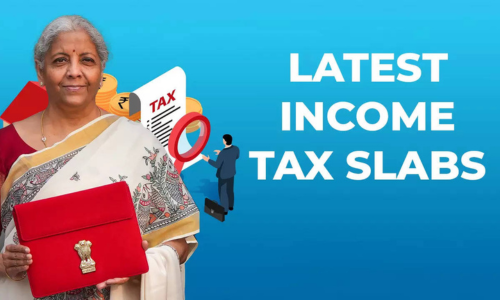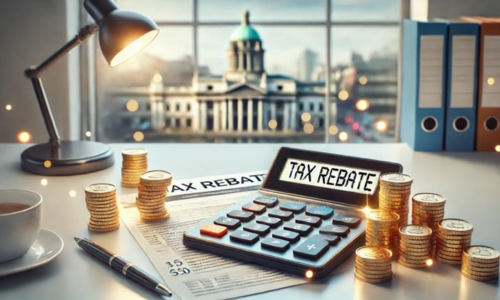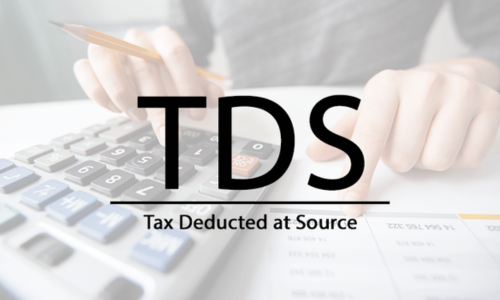In this article, we will discuss about...
Introduction
The 2025 budget was announced on February 1, introducing key tax changes. Wondering how it affects you? Don’t worry—I’ll break it down simply and focus on what matters most for you.
A major tax reform, called the Direct Tax Code, is expected next year. So, this year’s changes are small but important for managing your finances.
Don’t let reading hold you back, Watch our video instead
Key Tax Changes
1. More Tax-Free Income
Good news! If you earn ₹12 lakh or less, you don’t have to pay any income tax.
But beware: If your income exceeds ₹12 lakh—even by ₹1—you’ll be taxed according to the new slabs.
2. Updated Tax Slabs (New Regime)
Previously, tax started at ₹3 lakh. Now, it begins at ₹4 lakh.
Here’s the new tax breakdown:
- ₹0 – ₹4 lakh → No tax
- ₹4 lakh – ₹8 lakh → 5%
- ₹8 lakh – ₹12 lakh → 10%
- ₹12 lakh – ₹16 lakh → 15%
- ₹16 lakh – ₹20 lakh → 20%
- ₹20 lakh – ₹24 lakh → 25%
- ₹24 lakh and above → 30%
If you earn up to ₹25 lakh, you won’t reach the 30% tax bracket—that’s a big relief!

These new slabs only apply to the new tax regime, which is now the default option. If you choose the old tax regime, you can still claim deductions for life insurance, mutual funds, and home loans, but most taxpayers will pay less tax under the new system.
3. Higher Tax Rebates
The government has increased the tax rebate limit from ₹7 lakh to ₹12 lakh.
This applies to everyone—whether you’re salaried, self-employed, or a freelancer.
Here’s how much you save:
- ₹8 lakh income → ₹10,000 slab benefit + ₹20,000 rebate = ₹30,000 total savings
- ₹12 lakh income → ₹20,000 slab benefit + ₹60,000 rebate = ₹80,000 total savings
- ₹16 lakh income → ₹50,000 saved (no rebate beyond ₹12 lakh)
- ₹50 lakh income → ₹1,10,000 saved

Changes in TDS (Tax Deducted at Source)
1. No TDS on Education Loans for Students Abroad
Previously, if you paid off an education loan for a child studying abroad, 0.5% TDS was deducted on amounts above ₹7 lakh. Now, this TDS has been removed.
2. Higher TDS Exemptions on Bank Interest
- Senior citizens: The exemption limit increased from ₹40,000 to ₹1 lakh.
- Others: The exemption increased from ₹40,000 to ₹50,000.

3. TDS on Rental Income
Before, TDS applied if annual rent exceeded ₹2.4 lakh. Now, TDS applies only if monthly rent is ₹50,000 or more.
4. TDS on Foreign Remittances (LRS)
If you send money abroad, here’s what’s new:
- No TDS for transfers up to ₹10 lakh per year (previously ₹7 lakh).
- Above ₹10 lakh, a 20% TDS applies.
This benefits parents sending money to children studying abroad and those making international investments.
5. TDS on Dividends & Mutual Funds
TDS now only applies if dividend income exceeds ₹10,000. This is a small but helpful change for investors.

Other Important Announcements
1. Stricter Crypto Regulations
If you invest in cryptocurrency, be prepared for stricter reporting requirements. The government is increasing oversight to track digital transactions.
2. Easier Rules for Owning Multiple Homes
Before, if you owned two houses, you had to prove that one was occupied by your family to avoid extra taxes.
Now, you can declare both homes as self-occupied—without needing proof! This change reduces paperwork and makes tax filing easier.
Impact on NRIs
- No TDS on education loan payments for children studying abroad.
- No TDS on tour packages up to ₹10 lakh.
- No TDS on remittances up to ₹10 lakh (above ₹10 lakh, 20% applies).
- More time to update tax returns—you now have 4 years instead of 2 years.
Conclusion
The 2025 budget provides major tax relief by:
- Raising the tax-free limit.
- Making the new tax regime the default.
- Increasing TDS exemptions on bank interest, education loans, and foreign remittances.
If you send money abroad, own rental properties, or invest in dividends, you’ll benefit from these positive changes.
With the Direct Tax Code coming next year, this budget sets the foundation for a simpler, taxpayer-friendly system.
